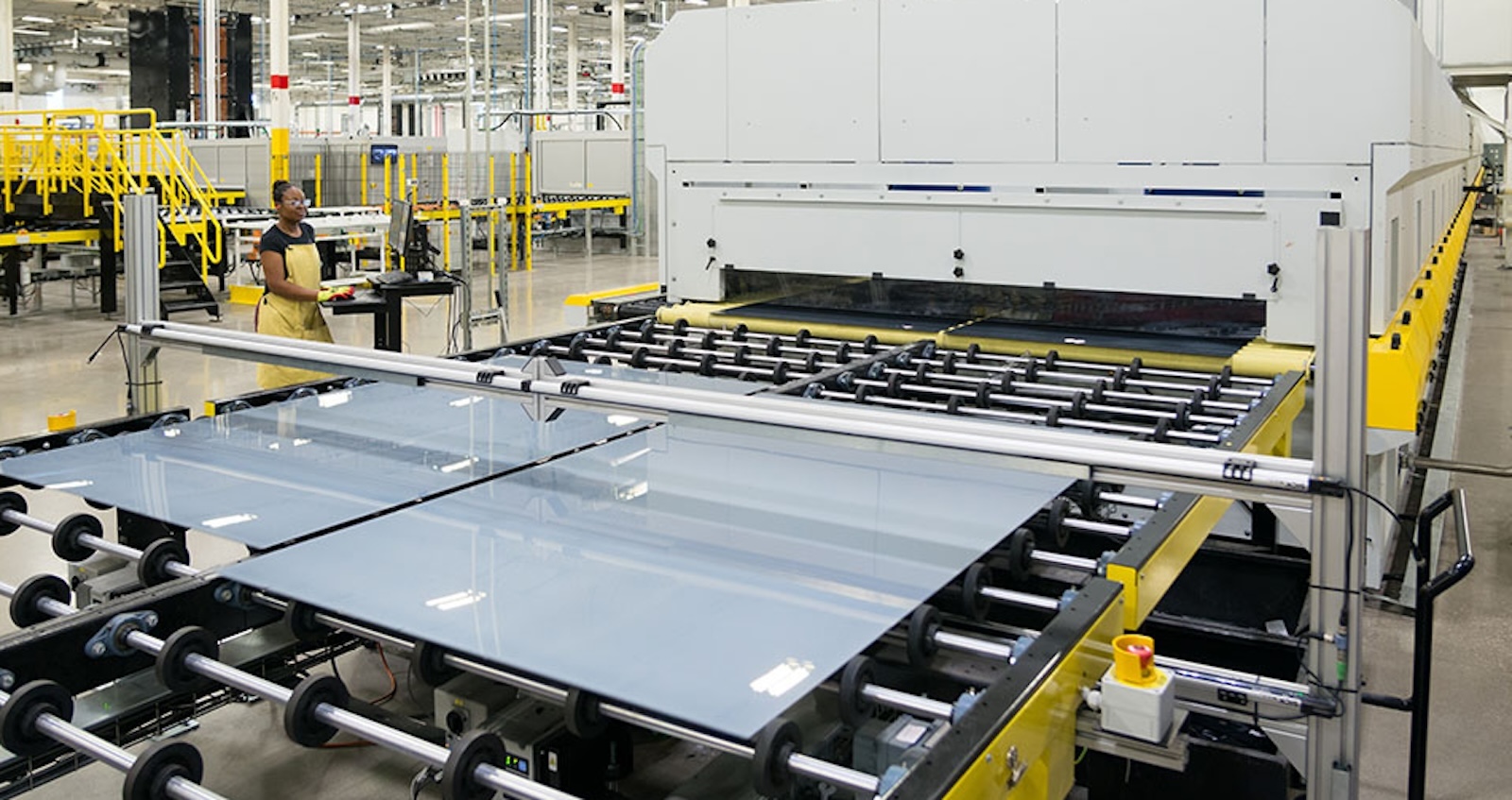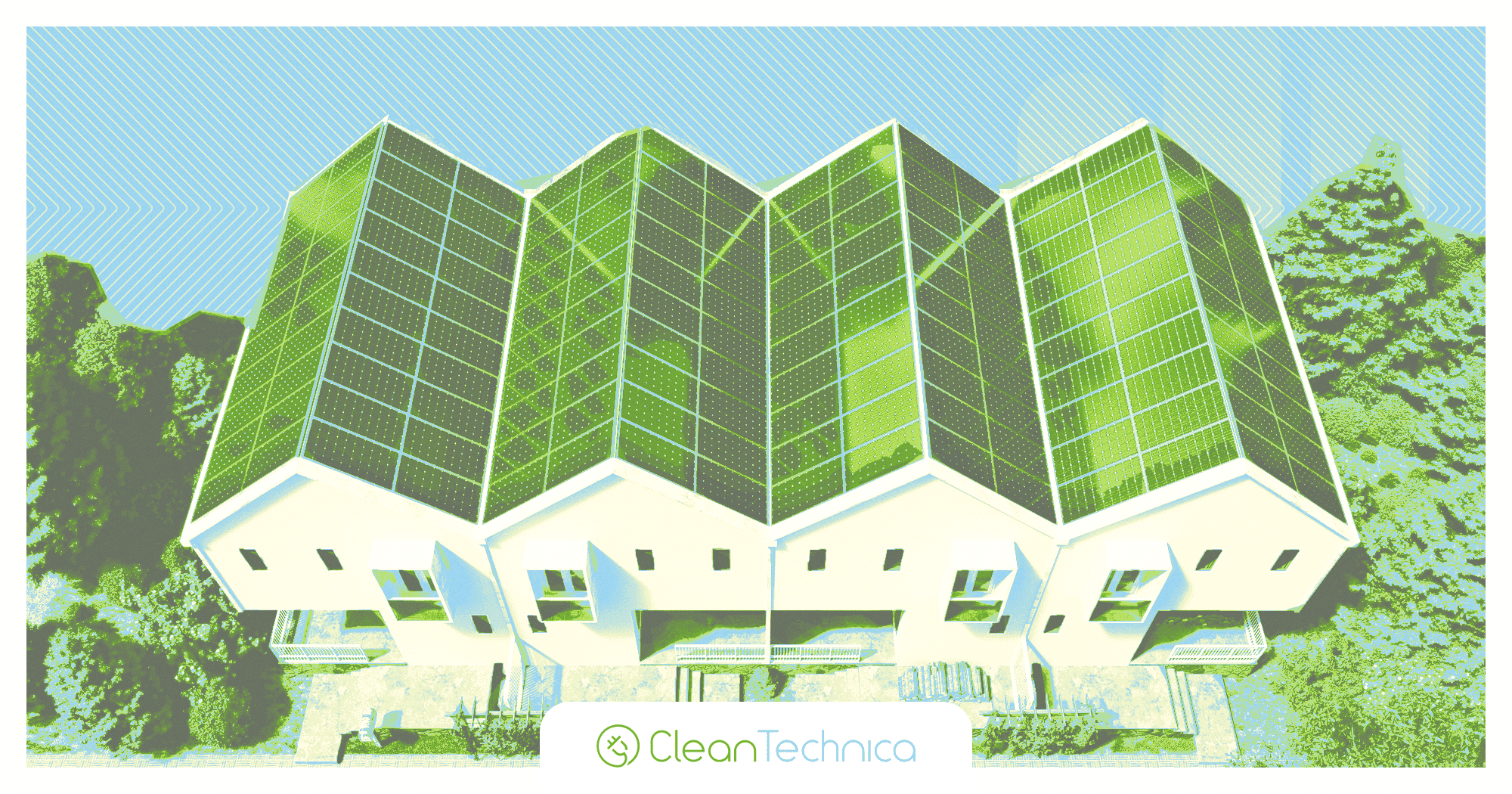Australian researchers set world record with kesterite solar cell
University of New South Wales (UNSW) researchers have set a new energy efficiency record for kesterite solar cells, a technology with potential to enhance silicon-based PV systems.

University of New South Wales (UNSW) researchers have set a new energy efficiency record for kesterite solar cells, a technology with potential to enhance silicon-based PV systems.
UNSW researchers have achieved a world record energy conversion efficiency of 13.2% for high-bandgap kesterite (CZTS) solar cells with a laboratory scale cell that had been enhanced with hydrogen.
CZTS, a compound of copper, zinc, tin and sulfur, is a high-bandgap thin film, flexible material suitable that offers a promising alternative to the more widely studied perovskite as a tandem top-cell candidate because it is environmentally friendly, cost-effective to manufacture, and is known to maintain its performance over a long period.
Its energy conversion efficiency has however been hindered by relatively low energy conversion efficiencies, largely attributed to defects created within CZTS during production.
Prof. Xiaojing Hao and her team from UNSW’s School of Photovoltaic and Renewable Energy Engineering say they have helped to solve this problem by annealing, or heat-treating, the CZTS solar cell device in a hydrogen-containing atmosphere.
“In basic terms, to create CZTS you take copper, tin, zinc and sulphur and ‘cook’ them all together at a certain temperature which turns it into a material you can use as a semiconductor,” Hao said. “The tricky part is controlling the defects that are introduced during that process. What we have shown in this work is that introducing hydrogen can ensure those defects have less of an impact, which is known as passivation. Because hydrogen is modulating the defects within CZTS, that’s what helps increase its efficiency in terms of converting sunlight into electricity.”
The UNSW team achieved a 11% CZTS cell efficiency in 2018 but progress stagnated after that.
Hao said she is hopeful the new breakthrough will accelerate the chances of CZTS reaching 15% efficiency within the next year and expects its commercialization by 2030.
“There is still work to be done to find ways to further reduce the defects we find in CZTS, either during the fabrication or via post-fabrication treatments,” she said. “But we know that this is a good material. When we consider the requirements from the bottom up, we know that we need something that is widely abundant, that is environmentally friendly, that has good optoelectronic properties and can last a long time, and CZTS fits the bill.”
The UNSW team, including Kaiwen Sun and Jialiang Huang, is also researching perovskite – which has reached energy conversion efficiency levels of close to 27% but also degrades quickly – as a potential material that could partner with silicon in tandem PV cells.
“The big picture here is that we ultimately want to make electricity cheaper and greener to generate,” Hao said. “Silicon modules have almost reached the limit of their theoretical efficiency, so what we are trying to do is answer the question coming from the PV industry as to what the next generation of cells will be made of.”
The fundamental research behind the record-breaking efficiencies, has now been published in the Nature Energy journal.
What's Your Reaction?






























































